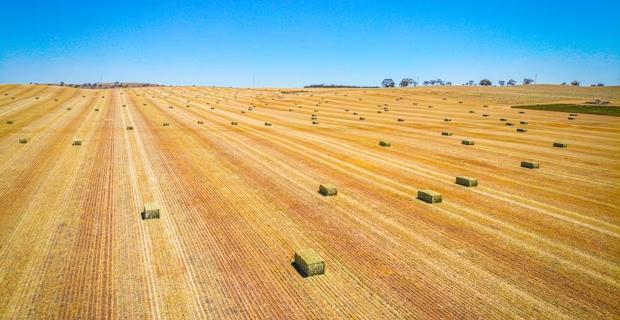If somebody would have told me a few months ago how I would be spending the Easter weekend, at home by myself in Latin America (where I live) instead of attending my best friend’s wedding in Australia, I probably would’ve just laughed. But, we all now know that COVID is changing everyone’s life to various degrees.
When it comes to agricultural technology, I think that some of the changes we are currently seeing will become permanent; COVID is forcing many of us to change the way we think and conduct our jobs. These changes will also drive the velocity at which the industry’s digital transformation occurs through exposing weaknesses in our businesses and the true cost of them.

Data management is an important part of all businesses, processes and interactions between businesses, which is why Ag Data is so important for growers and their farming partners during times of radical changes such as we’re currently witnessing. These are the 3 main ways in which the COVID pandemic is pushing the Ag Data transformation:
1. Increasing Digitization of Ag Data
With ‘social distancing’ now a common practice around the world, we are getting used to avoiding close contact and not interacting with objects that have been touched by other people in order to avoid COVID transmission. What this means for agricultural data is that it makes historic farm records, that have not been digitized yet, more difficult to access by those who need it. Right now is not the time to sit around the table with a number of people to jointly dig through stacks of paper containing historic information. These ‘good old days’ are gone and will not come back; the physical ‘kitchen table discussion’ becomes virtual.
Where some growers and agronomists have been digitizing their records for the past 10 years, others have not started yet due to a multitude of reasons. The COVID pandemic will be a strong motivator and catalyst for many to start or continue digitizing their ag data in order to make it better accessible in future.
Current COVID protection measures will also spur large agricultural companies that buy commodities or sell inputs to demand more information be exchanged with growers digitally instead of in-person or with paper involved. Having supply chain partners demand digital information will be an extra motivator for growers and agronomists to collect all information digitally from the field, instead of having to re-enter it into a computer at a later stage.

2. Improved Digital Collaboration
Agriculture has always been an industry that revolves around personal relationships, and this won’t change anytime soon. What is already changing however, is the way in which we must interact with each other. No pandemic or other calamity will cause growers to stop working with agronomy providers, applicators or other partner businesses, it will however force them to revisit the way in which they interact with each other.
Social distancing is stopping growers from ‘going for a drive’ with their agronomist for example to check a field together and a seed sales rep is not able to go for a drive in the tractor with a grower right now. However, this does not mean that these parties collaborate any less; they just have to collaborate in a different way. Digital tools that are based on structured data and that focus on letting growers digitally collaborate with their farming partners are rapidly filling this gap and are becoming indispensable for everyone involved.
Some of the most important functionality that growers tell me they need to be able to do digitally:
-
Create a plan with their seed salesman on a platform that allows everyone to see changes made by others in real-time.
-
Growers want to be able to digitally record observations for a field and be able to share this with their agronomist and other advisors.
-
Agronomists need to be able to share their recommendations digitally in a way that allows the grower to easily share this with their applicator and supplier as well.
3. Superior Data Visibility
It’s in times like these, where uncertainty is the only constant, that data visibility becomes even more important in order to minimize disruption and keep the regular workflow working as well as possible. With minimal direct interactions between people, how do you ensure that everyone involved has all data they need in order to perform their job optimally?
-
Agronomists need to know whether a field has already been sprayed or not and where that one specific spot is in a field that the grower had questions about.
-
Growers need to know where all their employees and contractors are, which jobs have already been performed and which products need to be ordered for the weeks ahead.
-
Retailers and co-ops need to know which crops their grower clients are planting and which products their advisors are planning to use this season and when.
-
With the supply chain disruptions we’re currently witnessing, planning is more important than ever and can quite possibly mean the difference between being able to supply or not.
We’re all facing a common enemy at the moment, and now is the time to ensure that we collaborate and make use of our data together so that negative impacts can be prevented or mitigated as much as possible. The best time to start using digital tools to digitize your Ag Data, improve your digital collaboration and create superior data visibility for your farming partners? Sometime in the past. The second best time is right now; COVID-19 is making that very clear to us all.





